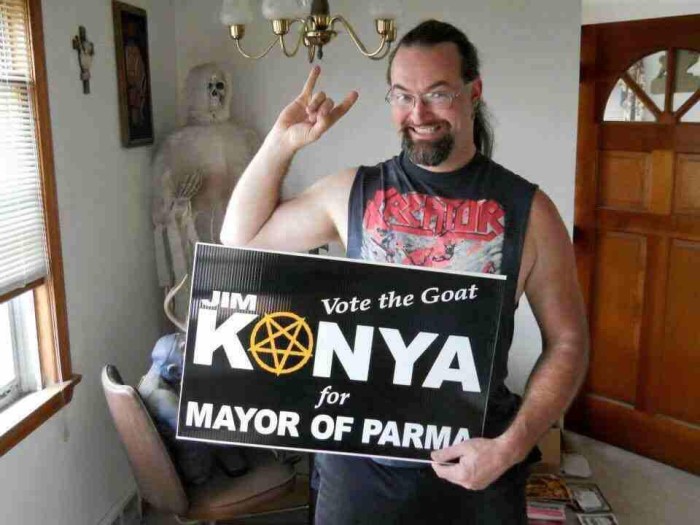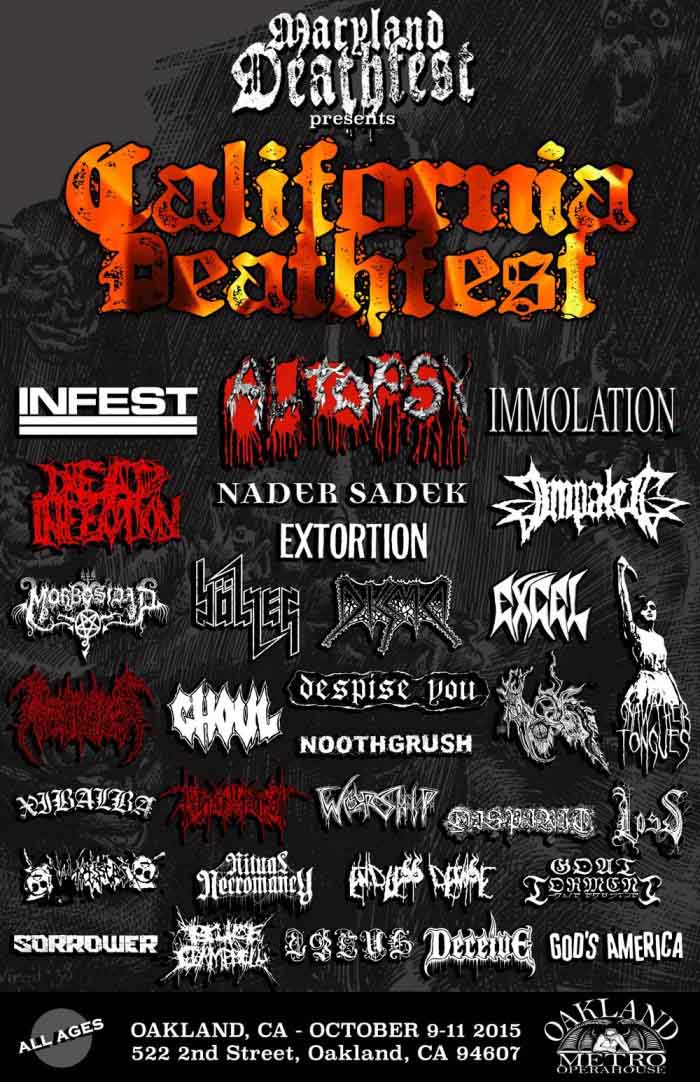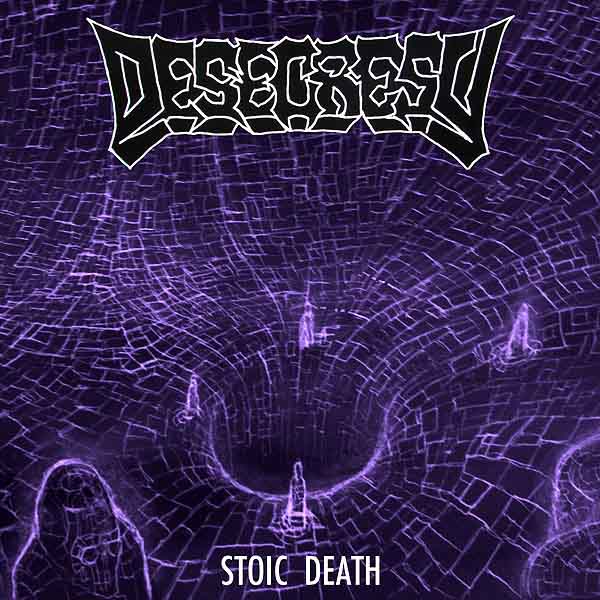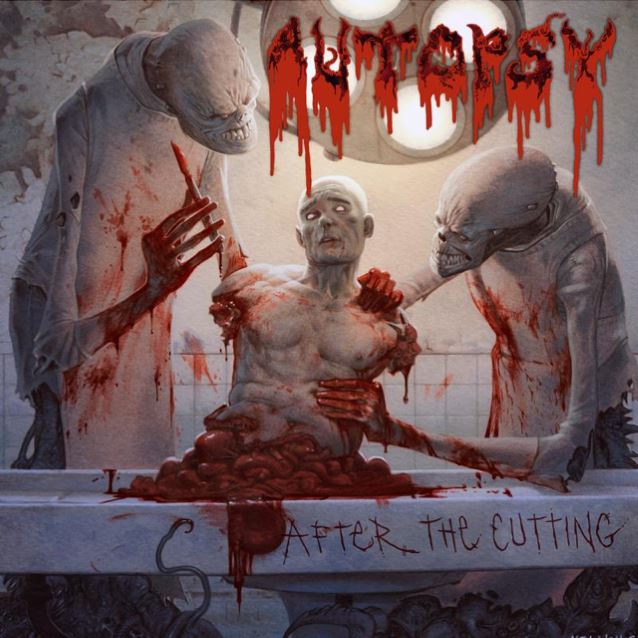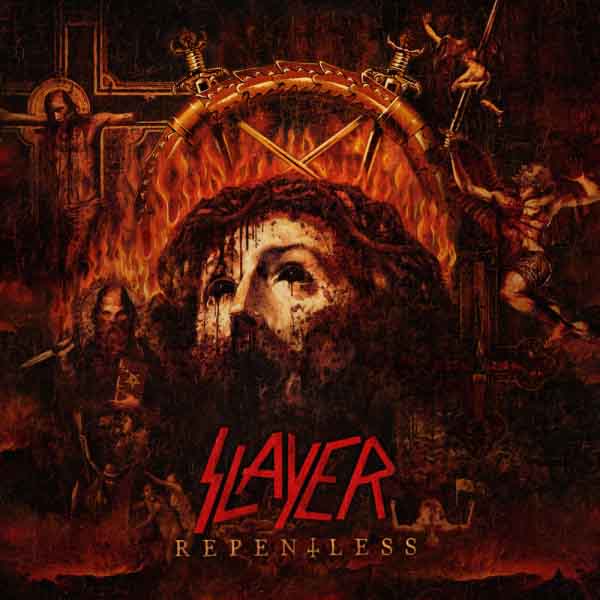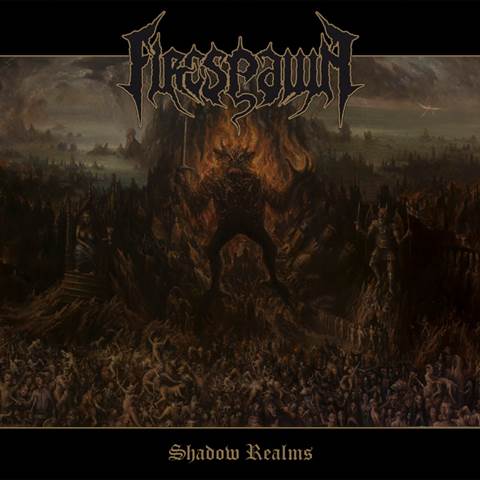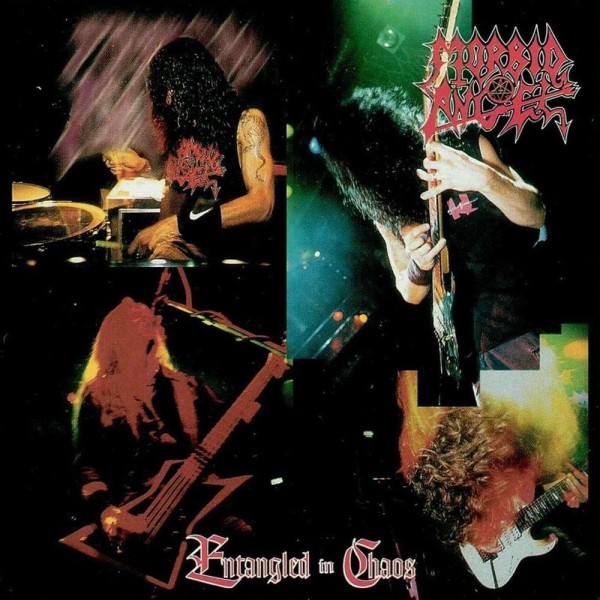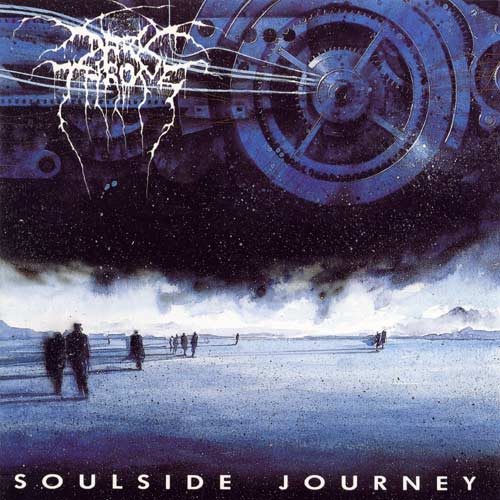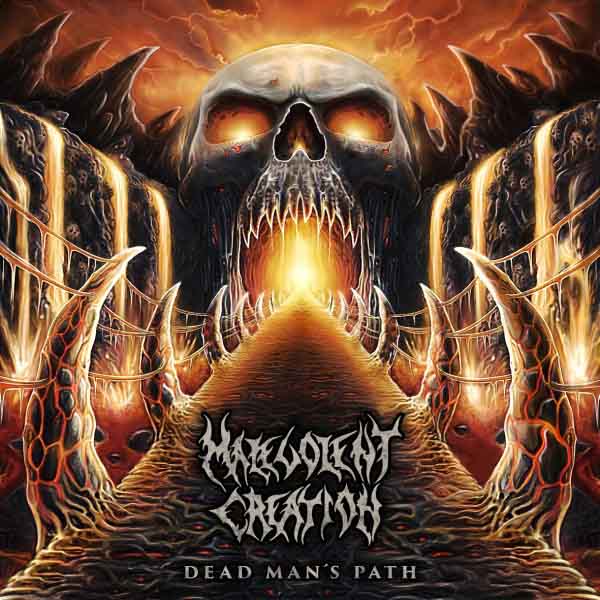
Malevolent Creation has been in my listening backlog for many, many years on the strength of a few tracks from Retribution. I never got to them, because I was constantly distracted by trendier bands (brands). When I first acquired Dead Man’s Path, I theorized that since the band’s been around for nearly 30 years and retains some of its original members, this was not going to be a major stylistic departure from those past works lest long-time fans abandon them in droves. The flipside of this, as evidenced by my experience with similar types of recent releases such as Repentless, is that I expected that regardless of the final quality, I expected a streamlined version of MC’s past style.
My listening throws this into question. Malevolent Creation’s early works tended towards the ancestral end of death metal, with obvious speed/thrash metal roots poking out of an otherwise standard monophonic, dissonant approach. Dead Man’s Path recalls something of this, but as predicted, it turned out more conventionally musical, with more consonant melody and a denser production (out with Scott Burns and in with Dan Swanö). Add in a somber march of an intro, and a renewed emphasis on vocal patterns, and you have a release that has definitely streamlined itself. It doesn’t rock the boat much, and it does still pass the aesthetic litmus tests that define death metal, but the production and packaging isn’t particularly interesting to write about beyond its most basic qualities.
Unlike most of the bands that take this approach, however, Malevolent Creation does a good job of applying their musical practice to write better songs. To my understanding, they were never a particularly complex act, and most of these songs rely at least in part on obvious verses and choruses. However, good use of tempo and rhythm shifts in particular keep things from getting too skull-crushingly obvious and predictable. The band members also showcase enough compositional awareness to move integral song elements around between tracks to obfuscate the formulas a bit. I would personally have liked to hear more variation in riff styles, as some of the songs here (“Corporate Weaponry” in particular) suggest that such could be successfully incorporated while retaining the strong points of the band’s approach. That, however, is a small flaw in an otherwise very solid package.
To be fair, I was not expecting the strengths of Dead Man’s Path to be so covert, but they are the sort of elements that take some time to properly dissect and understand. However, this makes it a more valuable and perhaps integral work than most of what passes through the review queue here.
8 CommentsTags: 2015, dead man's path, death metal, Malevolent Creation, Speed Metal
